Today we’re sharing the second post in our new interview series where we chat with the inventors, designers, publishers, and others behind some of our favorite family-friendly products.
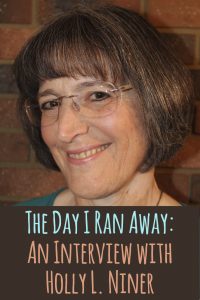
We were fortunate enough to speak with Holly L. Niner, author of the Mom’s Choice Award-winning children’ book, The Day I Ran Way. We loved hearing her perspective on writing, reading, and parenting. The full interview is published below.
MCA: The Day I Ran Away is about a little girl who throws a tantrum, gets banished to her room, and runs away. Why write a children’s book about this? What was your inspiration?
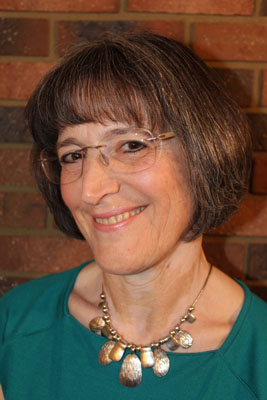
Holly L. Niner
Holly Niner: Story ideas come from many places. A little snippet of something seems to stick in the “what if” side of my brain and sometimes turns into a story. I try to write those snippets down as they come to me or else the day-to-day of life may push it out of my brain forever.
The idea for The Day I Ran Away came from an America’s Funniest Home Video I saw on TV in the early 2000s. A little boy was outside his house with his back pack asking, “how can I run away when I’m not allowed to cross the street?” For me, that captured a dilemma of childhood. You want to be grown up, but you can’t. It captured a feeling that’s not just relegated to children; haven’t we all wished we could run away at some point? But maybe what we really need—as both children and adults—is just a “timeout” from our real or perceived troubles.
[In The Day I Ran Away] Grace’s mother understands that. While she uses timeout to let Grace know tantrums aren’t tolerated and, teach her that drawing on her shirt with markers warrants losing them for a week, she also understands that Grace is learning how to navigate the ups and downs of life. So she doesn’t punish the act of running away, but instead helps Grace find a safe way to have some space. That allows her time to remember that home isn’t such a bad place after all!MCA: It’s interesting to hear you describe your thought process behind this. As a child, maybe that impulse to run away is just about finding some space to sort through your emotions.
HN: Exactly. I wrote the story as a conversation between Grace and her Dad. She’s recounting her day after the fact, and it shows how “running away” diffused the emotions of the day. She calmly recounts her day with humor and Dad is supportive, both of Grace and of Mom’s decisions during the day.
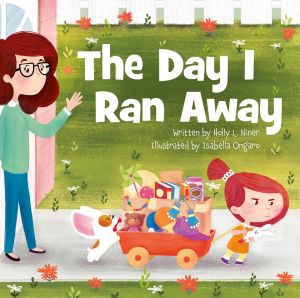 MCA: But as a parent, how do you decide when your child’s actions might require disciplinary action?
MCA: But as a parent, how do you decide when your child’s actions might require disciplinary action?
HN: Yes, as parents we often struggle with the balance of too much or too little discipline. If our goal is for our children to be able to make good choices when we aren’t there to make the choice for them, then we need to sometimes give them a safe space to explore their decisions. Speaking from experience, that time when Grace was outside “running away” also served to give Mom some needed space to gain perspective on the day!
MCA: When you write a children’s book, do you start with a moral in mind?
HN: When I write stories I’m not necessarily thinking of that bigger picture, of what this story might show, teach or inspire. Instead, I write because an idea or character takes hold and starts to grow. Later I might see how the story has some threads woven into it that make it more than just a fun story. I’m working on a story about a vacuum, Mrs. Uprite, and personified house components. It started as a silly story, and yet there are unintended elements of teamwork, being true to yourself, and accepting others that peek through in the story. Books where animals or objects are personified are a great way to allow a child to explore situations that that a child would not normally explore without an adult directing the activity. Think Winnie the Pooh, Frog and Toad, anything by Dr. Seuss.
There are books written for children that are meant to explore or teach something. My two previously published books were written as fiction stories that explain Obsessive-Compulsive Disorder (OCD) and Tourette’s syndrome at a level a child might understand. They were written to explain, to show a child they are not the only one, to raise awareness and to give hope.
MCA: It sounds like those books definitely started with a clear mission in mind. But I see what you mean about sometimes just wanting the characters to come through and discover the story as you go. If that’s the case, what do you see as the role of a good children’s book?
HN: A good book does many things, but for me, the most important role a book serves may be the bond formed when reading to or with a child. That quiet time where new worlds are shared, emotions are explored, vocabularies are enriched, and children are inspired is vital to raising children who are inquisitive, kind, and able to make their way in a complicated world. Reading a book with a child fills a need we all have; to have a shared experience with and the undivided attention of someone we love.
Save
Save
Save
Save
Save
Save
Save
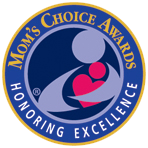
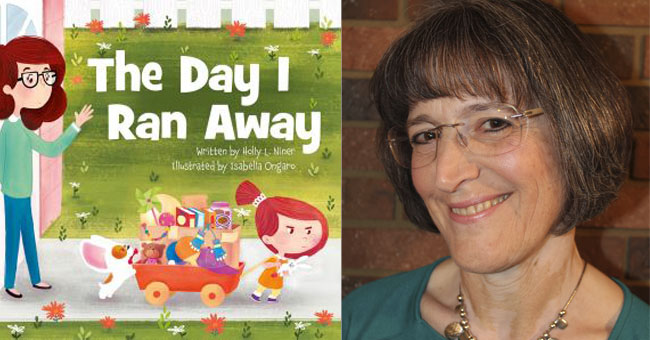
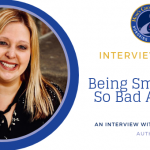
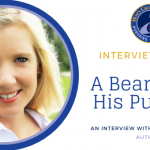
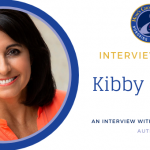

2 Comments on “The Day I Ran Away: An Interview with Holly L. Niner”
Thanks for the wonderful interview,this sounds like a lovely book i’m sure the kids would enjoy !!
Thanks for reading, Kathy! So glad you enjoyed it!